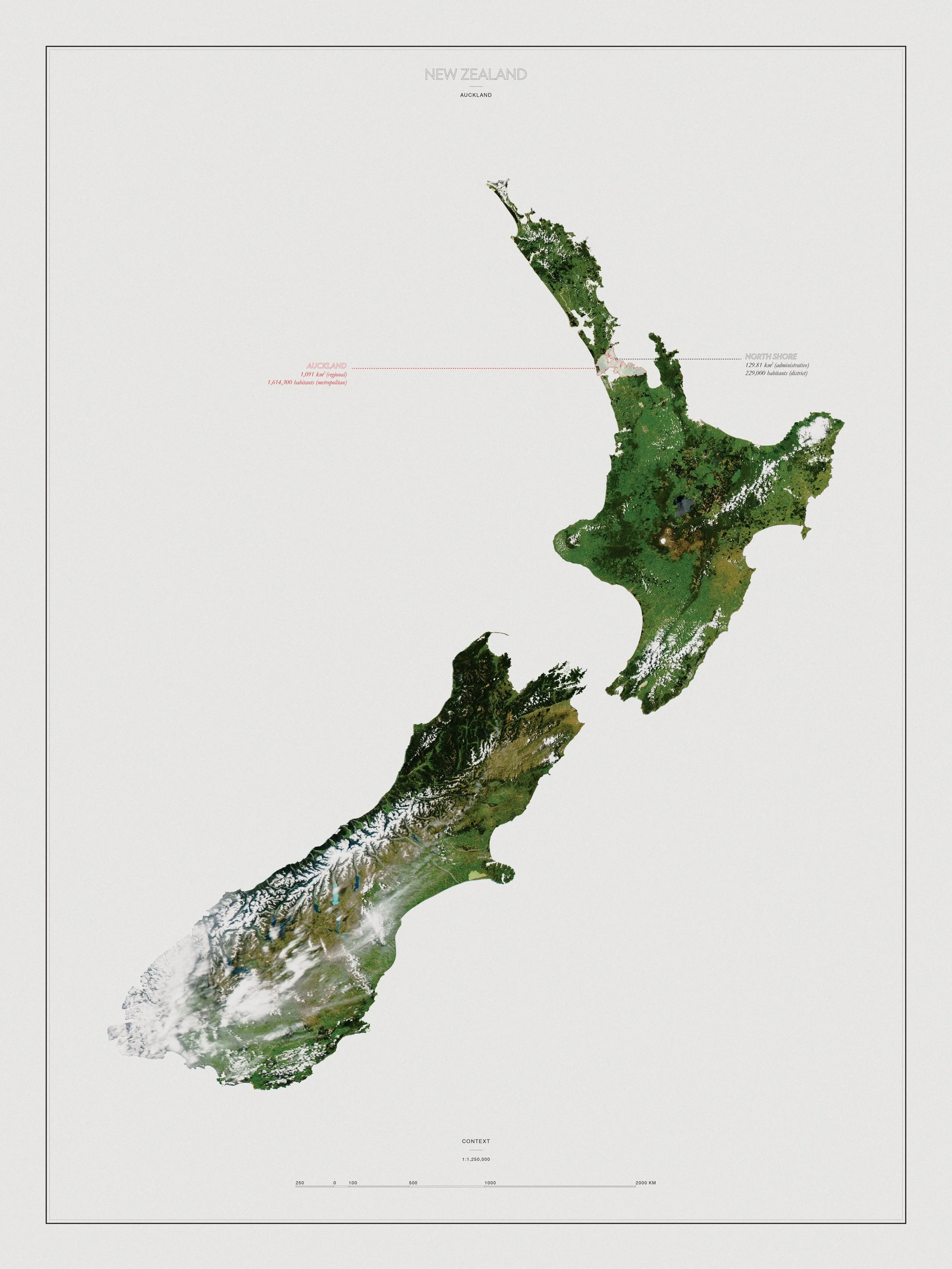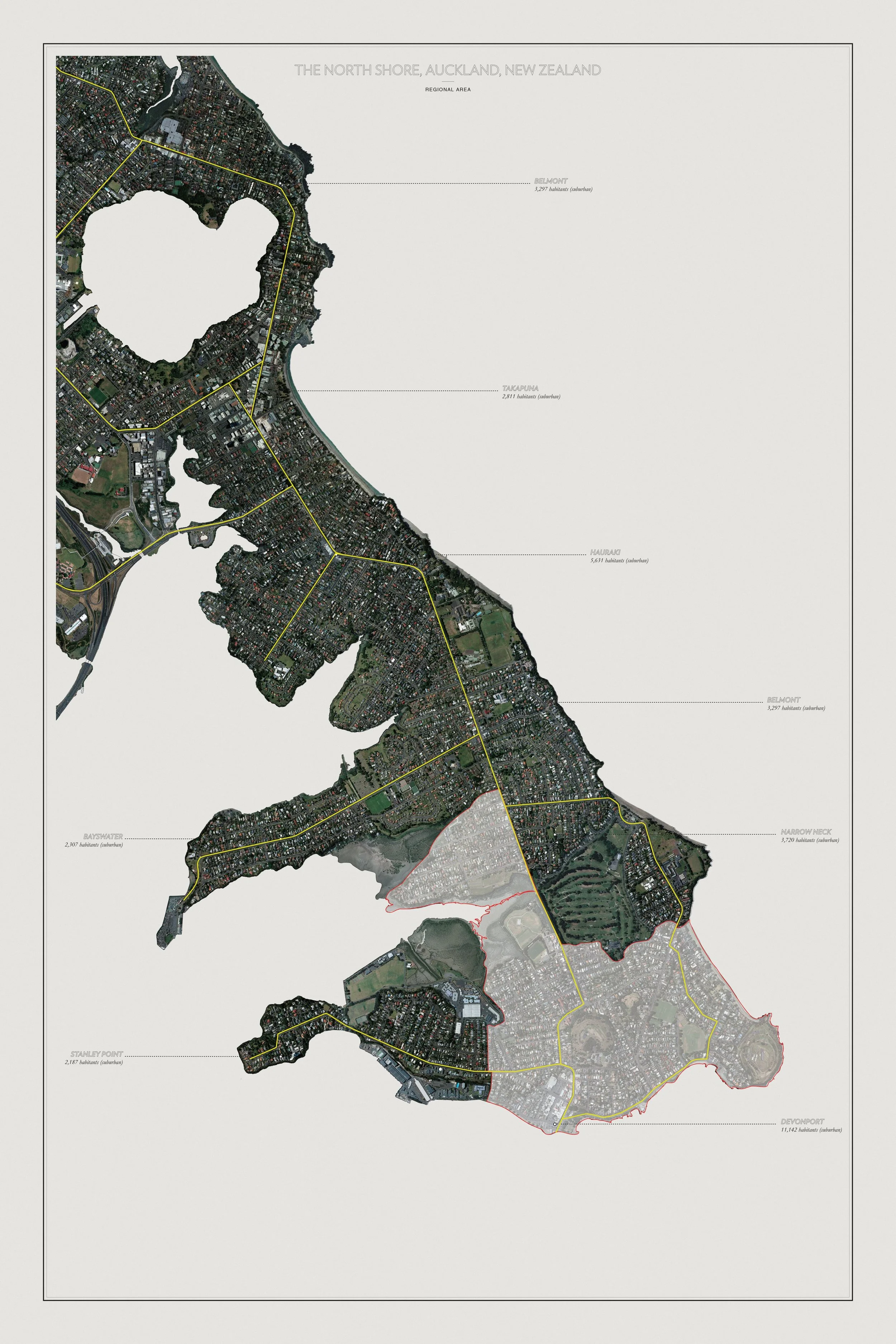RETROFITTING URBAN SPRAWL IN A POST-OIL SOCIETY
Location: Auckland
Type: Academic
Status: Concept Design
Program: Ferry Terminal, Masterplanning
Instructor: Peggy Deamer
Year: 2017
“To change established patterns of thought is not an easy task, especially when it comes to infrastructure. According to Paul Edwards, a well-functioning infrastructure is by definition invisible, because its very purpose is to provide a basis for other activities—to accommodate different actors, their shifting goals, and modes of engagement. Only when it breaks down does infrastructure come to the fore . . . . . This is because, Edwards writes, there is a pervasive analytical habit, according to which social development and infrastructure are perceived as somehow separate. This view specifies that social and political values evolve following their own logic, whereas infrastructure is understood as a form that does not affect content—as something quiet, silent, and universal. Following Bruno Latour, Edwards criticizes this view, arguing that infrastructures are deeply socio-political: their design, use, and maintenance require a very particular form of social organization; the change of infrastructure entails changes in politics and society.”
-Infrastructures of the Future by Egle Rindzeviciute
Auckland, like many cities across the world, is dealing with a systemic infrastructural problem based on the construction of automobile based transportation infrastructure. This development has put the city in a position where the road networks and public transportation system are ill-equipped to deal with modern population movements and increasing urban density. As Egle states above, the infrastructures that compose our world only become visible with they are beginning to fail and that they are material formations of our socio-political organization. These statements lead one to think, what are the problems which remain still invisible and what are the effects of these our society?
For Auckland, these issues are the modes of transportation them-self. New Zealand is enslaved to the importation of oil and automobiles, it accounts for 30% of all imports. This project aims to alleviate these problems by proposing a networked system of transportation alternatives based on adjusting the incentive structures of movement. Shifting the ideas of autonomy, mobility, time and cost management from the autonomous car to a scaled public transit system. Auckland is just one case in a much more extensive issue.
New Zealand
Auckland
The North Shore
The North Shore
Urban Case Studies
Transportation Morphology
Transportation Matrix
Level One
Level Two
Level Three
Level Four
Model
Model
Model
Model















